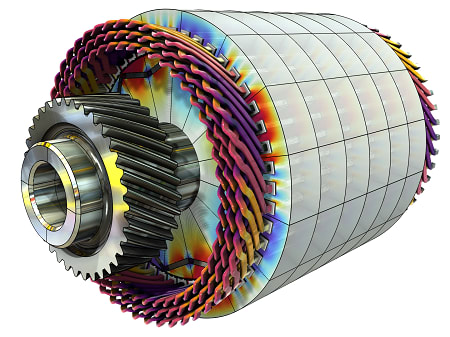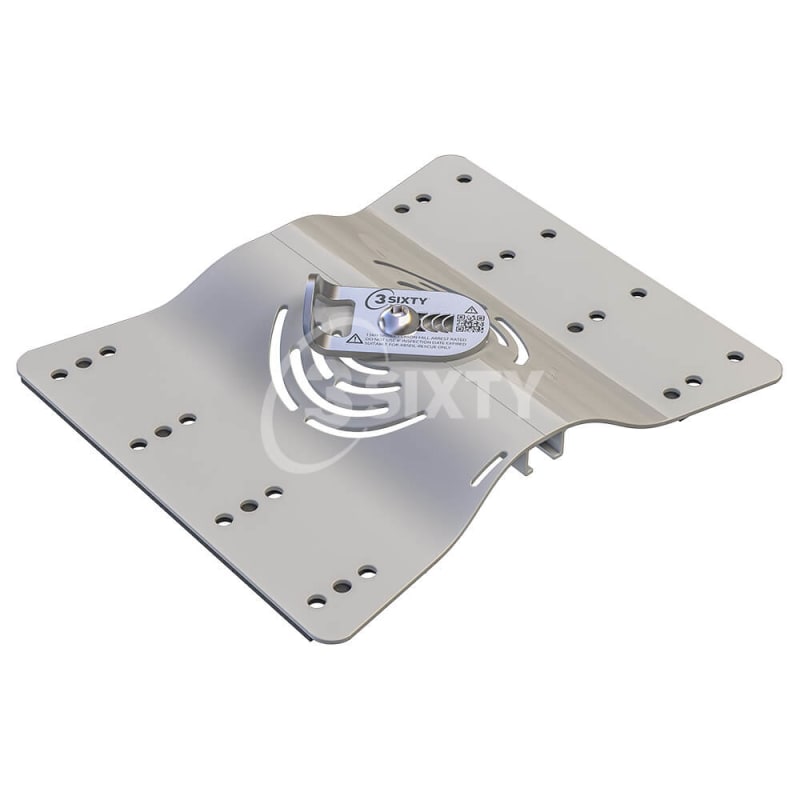nameSrp
Structural
- Jul 3, 2023
- 1
I have a question about fall arrest load as per ASCE and OSHA.
Why does the fall arrest load need to be 13.8 kN? Is it too much for a human's weight?
Can I use only 1 or 2 kN for a human's weight? (I have to design a fall arrest system on a metal sheet roof top, and it seems impossible to use 13.8 kN as the fall arrest load)

Thank you in advance.
Why does the fall arrest load need to be 13.8 kN? Is it too much for a human's weight?
Can I use only 1 or 2 kN for a human's weight? (I have to design a fall arrest system on a metal sheet roof top, and it seems impossible to use 13.8 kN as the fall arrest load)

Thank you in advance.






![[smile] [smile] [smile]](/data/assets/smilies/smile.gif)
![[ponder] [ponder] [ponder]](/data/assets/smilies/ponder.gif)